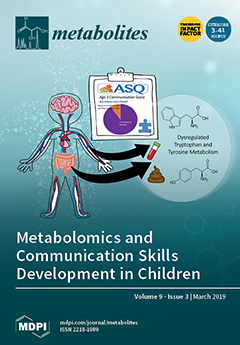Formylated phloroglucinol compounds (FPCs) are a class of plant specialized metabolite present in the Myrtaceae family, especially in the genus
Eucalyptus. FPCs are widely investigated due to their herbivore deterrence properties and various bioactivities of pharmaceutical relevance. Despite the increasing number of
[...] Read more.
Formylated phloroglucinol compounds (FPCs) are a class of plant specialized metabolite present in the Myrtaceae family, especially in the genus
Eucalyptus. FPCs are widely investigated due to their herbivore deterrence properties and various bioactivities of pharmaceutical relevance. Despite the increasing number of studies elucidating new FPCs structures and bioactivity, little is known about the role of those compounds in planta, and the effects of environmental stresses on FPC concentration. Ozone (O
3) and wounding are key stress factors regularly confronted by plants. In this study, we investigated how O
3, wounding, and their combination affected individual and total FPC foliar concentration of the economically important species
Eucalyptus globulus. Six individual FPCs, including five macrocarpals and one sideroxylonal, showed different response patterns to the single and combined stresses. Total macrocarpals only increased under single O
3 treatment, whereas total sideroxylonals only increased in response to wounding treatment, suggesting different physiological roles played by the two groups of FPCs predominantly existing in
E. globulus foliage. Total FPCs increased significantly under individual wounding and O
3 treatments but not under the combined treatment. A principal component analysis indicated that all different treatments had unique FPC fingerprints. Total phenolic contents increased in all O
3 and wounding treatments, and a marginally positive correlation was found between total FPCs and total phenolic contents. We suggest that, depending on the concentration and composition, FPCs play multiple physiological roles in planta, including serving as antioxidants to scavenge the reactive oxygen species brought about by O
3 and wounding stresses.
Full article






